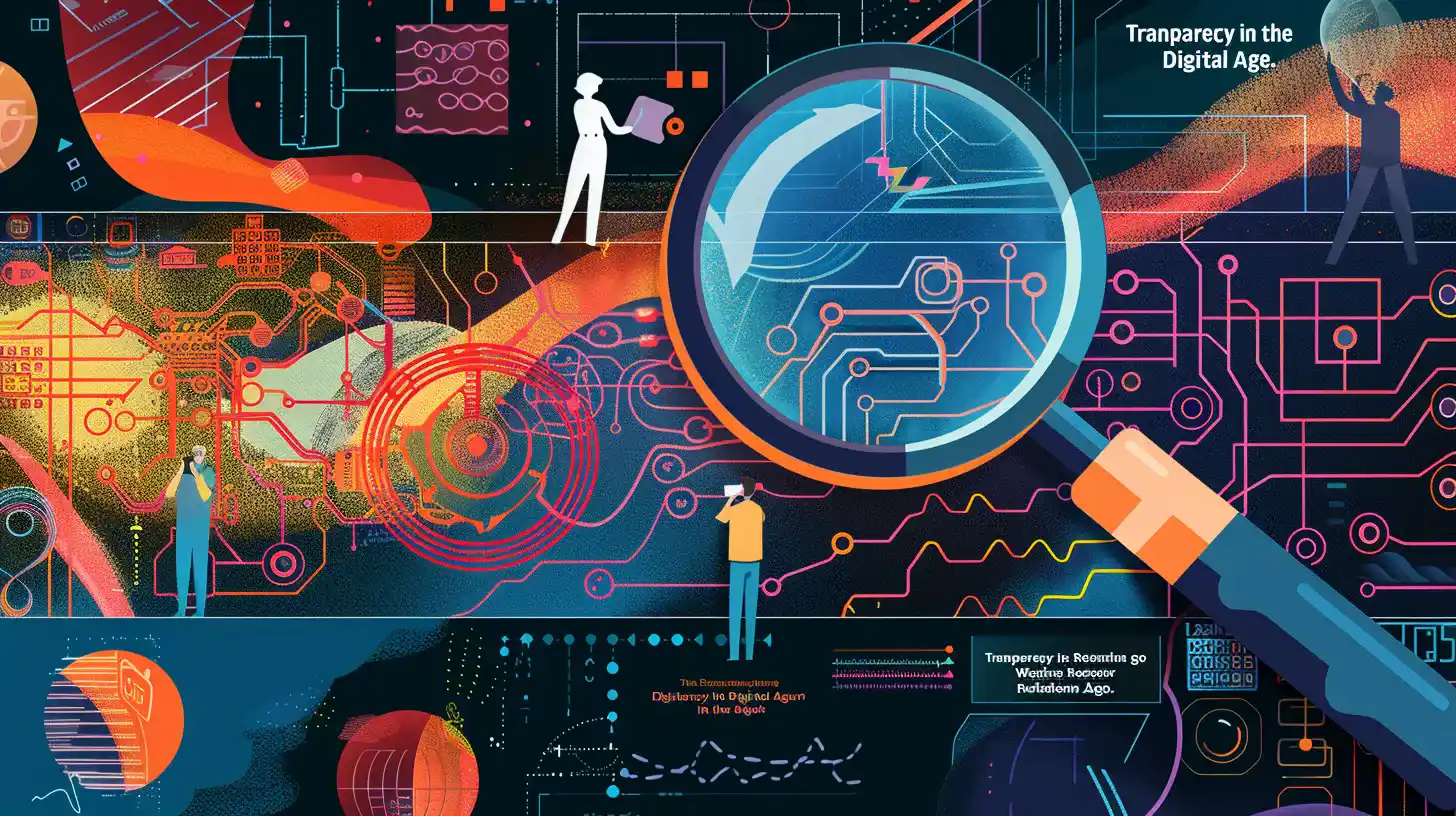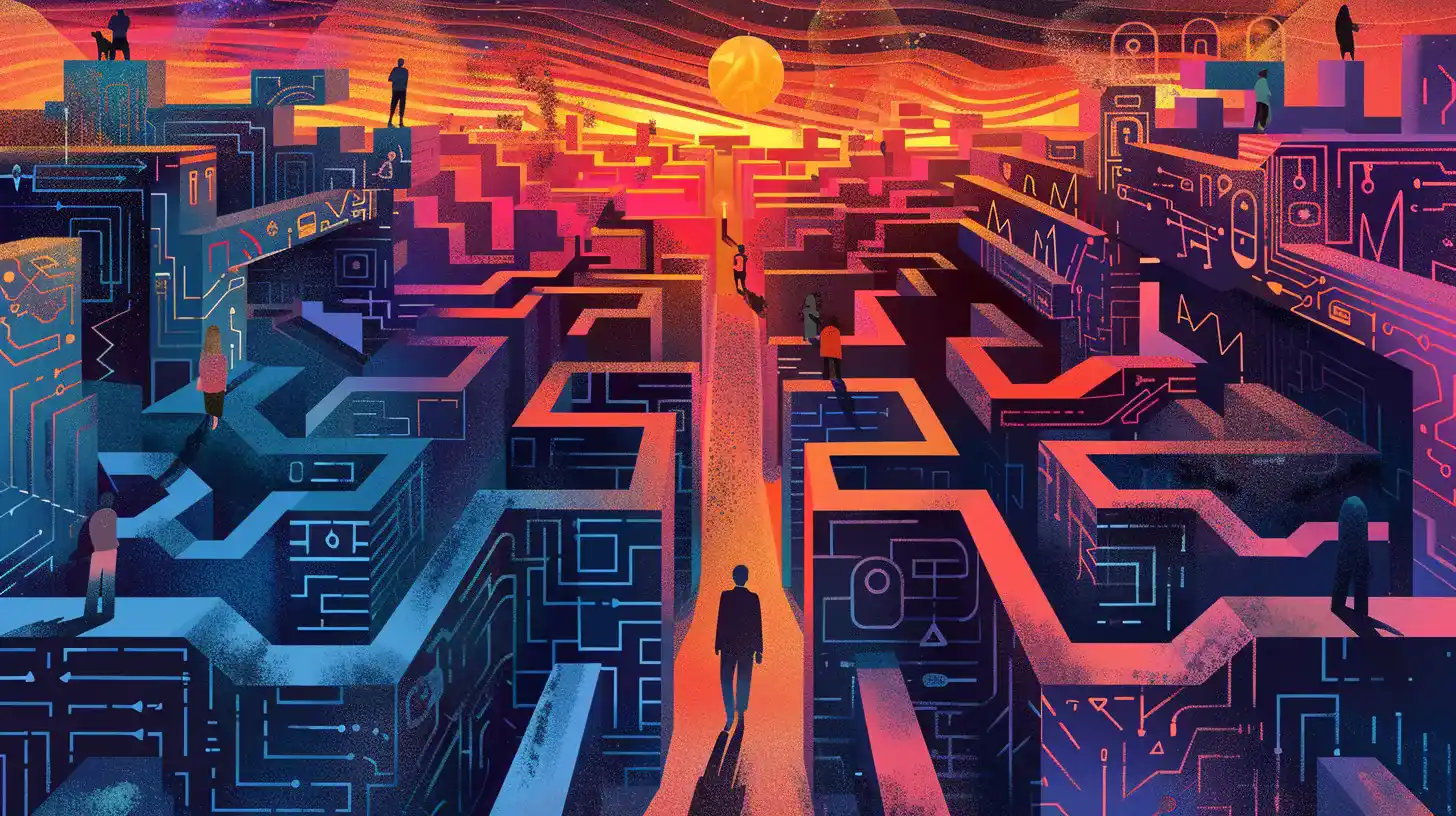Table of Contents
The AI art world is undergoing a paradigm shift. AI image generators like OpenAI’s DALL-E 3 are blurring the lines between human creativity and machine manipulation. But amidst this artistic revolution, a vital question arises: how can we verify the authenticity of an image?
OpenAI is pioneering solutions to this conundrum. Their recent strides include two groundbreaking tools: an image detection classifier and tamper-resistant watermarks.
The All-Seeing Eye: AI Art Image Detection Takes Center Stage
Imagine a tool that can analyze an image and predict, with near-perfect accuracy (98%), whether it sprang from the digital brushstrokes of DALL-E 3. OpenAI’s image detection classifier does just that. This ingenious technology boasts resilience, unfazed by edits like cropping, compression, or tweaks to saturation.

While the current iteration primarily focuses on DALL-E 3 creations, the future promises broader detection capabilities. Researchers are diligently working to expand its reach, aiming to identify content generated by other prominent AI art image generators like Midjourney.
Beyond DALL-E 3: The Invisible Mark
OpenAI isn’t stopping at image classification. They’re delving into the realm of invisible watermarks. This futuristic technology embeds imperceptible signals within audio content, akin to a digital signature, offering a definitive way to verify its origin. Currently, this technology is being implemented on audio clips generated by Voice Engine, OpenAI’s text-to-speech platform.
A Collaborative Effort for Transparency in the Digital Age
OpenAI recognizes the importance of user feedback in refining these tools. They’ve opened access to the image detection classifier for researchers and non-profit journalism groups. This collaborative approach fosters transparency and empowers users to navigate the ever-evolving landscape of AI-generated content.
OpenAI’s commitment to content provenance extends beyond its internal efforts. They’re actively involved with the Coalition for Content Provenance and Authority (C2PA), an industry consortium dedicated to establishing open technical standards for content origin verification.
The ability to discern AI-generated content is crucial for fostering trust and accountability in the digital age. OpenAI’s groundbreaking tools empower users to become discerning art critics in a world increasingly touched by artificial creativity.
The Evolving Landscape: Challenges and the Road Ahead
While OpenAI’s advancements are commendable, the path forward is paved with both promise and hurdles. Here’s a glimpse into the complexities that lie ahead:
The Arms Race Against Adversaries
As AI art image generation continues to evolve, so too will the methods of those who seek to misuse this technology. Malicious actors could potentially develop techniques to circumvent AI detection tools. OpenAI must stay vigilant, constantly refining its classifiers to stay ahead of potential forgeries.

The Ethics of Invisible Watermarks
The invisibility of audio watermarks raises ethical concerns. While they offer benefits in content verification, there’s a potential for misuse. OpenAI will need to navigate these complexities, ensuring transparency and user consent when employing such methods.
Standardization: A Global Effort
OpenAI’s tools are valuable contributions, but widespread adoption hinges on industry-wide standardization. Collaboration with C2PA and other key players is essential to establish universal technical specifications for AI content detection and verification. This will foster a more unified and trustworthy ecosystem.
The Human Touch: The Irreplaceable Role of Judgment
AI detection tools are powerful allies, but they shouldn’t replace human judgment entirely. Subtle nuances and artistic intent might elude even the most sophisticated algorithms. Cultivating visual literacy and critical thinking skills will remain paramount in the age of AI-generated art.
Conclusion: A New Era of AI Art Transparency
OpenAI’s image detection and watermarking tools mark a significant step towards a future where the origins of digital content are clear and verifiable. As these technologies mature, users will be empowered to make informed decisions about the content they encounter online.
The journey ahead is rife with challenges, but through ongoing research, collaboration, and a commitment to ethical practices, we can navigate this new frontier and ensure that AI art enhances, rather than erodes, our understanding of human creativity.